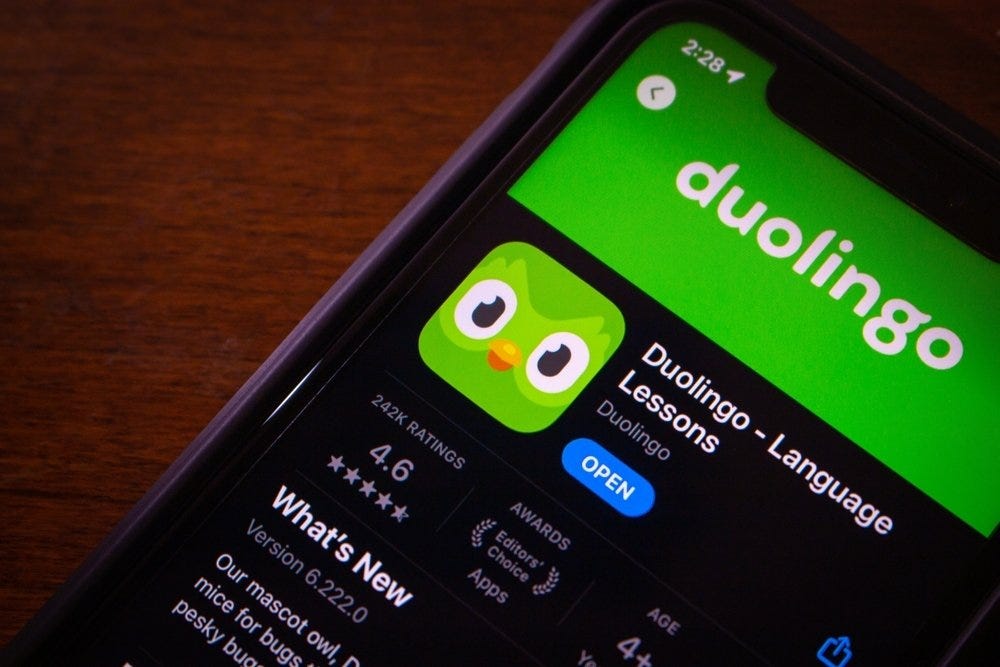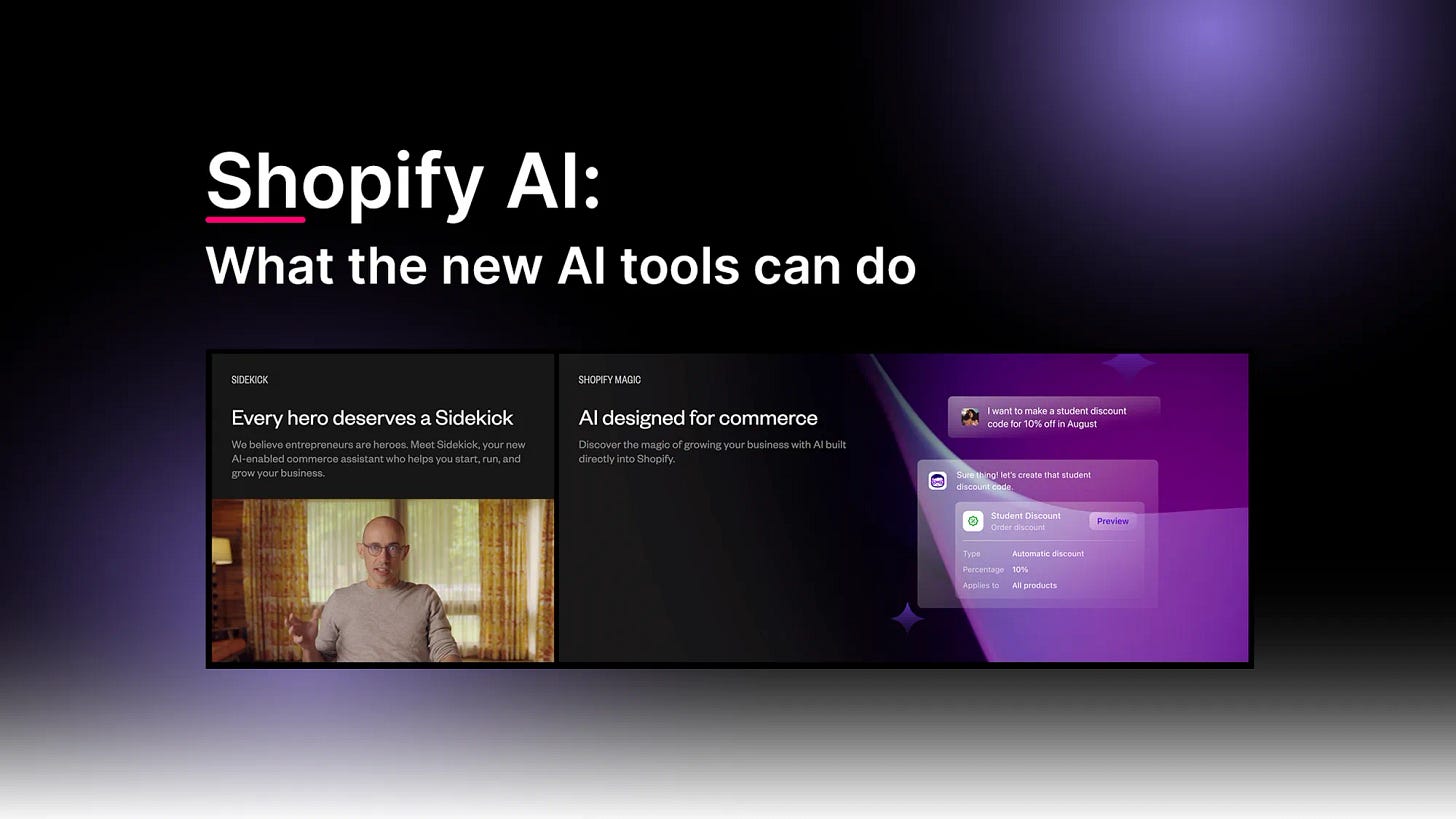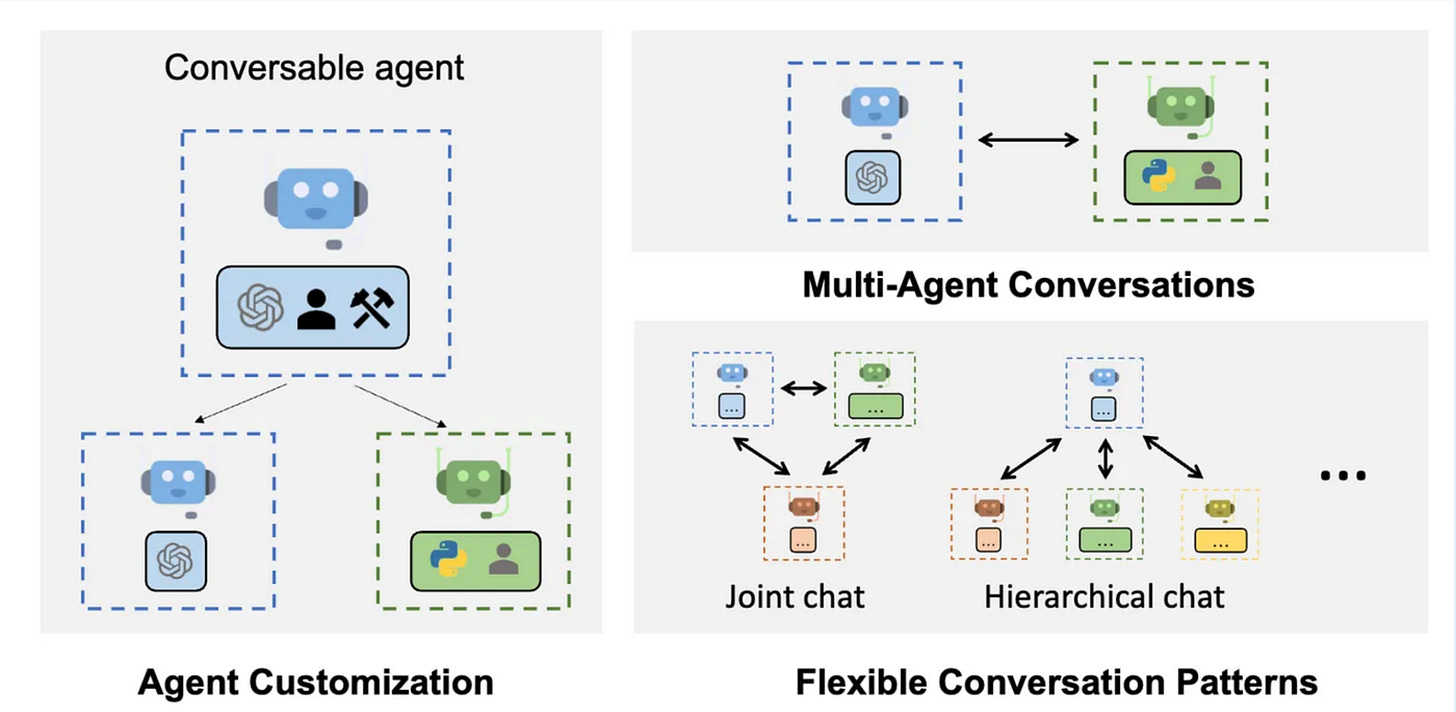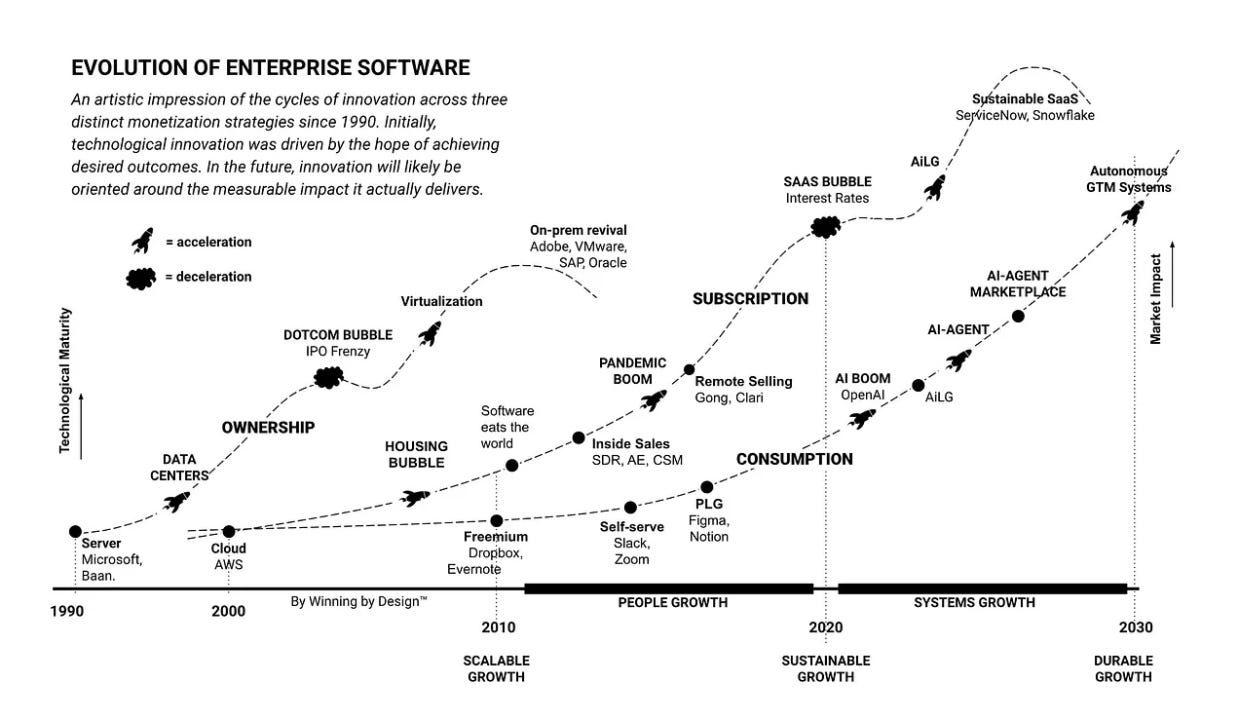5 AI Signals That Aren’t on Your Radar (Yet)
#55: Quiet shifts. Sharp implications. A radar upgrade for strategy leaders
Most strategy leaders hear the same AI headlines: GenAI, copilots, billion‑dollar rounds. But strategic advantage doesn’t come from reacting to hype—it comes from catching quiet signals early and acting with clarity. That’s the essence of a robust AI strategy: moving beyond pilots toward disciplined AI Risk Management, AI implementation, AI training and intentional redesign of how decisions get made.
Today’s issue surfaces five emerging signals that smart teams are already mapping into their roadmaps—before they make the news.
Signal 1: AI‑First orgs are restructuring how strategy is done
Companies like Duolingo, Shopify and Box aren’t just using AI; they’re rebuilding workflows, roles and team charters around it. In these orgs, AI implementation isn’t “added in”—it’s structural. They invest in AI training programs for product and strategy teams and design AI‑driven process automation that shortens feedback loops.
Implication: Strategy personas and teams will soon face “AI‑native” competition—not just from products, but from companies that make better decisions, faster. A sound agentic AI strategy treats AI agents in infrastructure and trains people accordingly.
Watch for: Job descriptions shifting from “analytics” to “decision intelligence.” Strategy reviews with embedded AI feedback layers. Increasing demand for holistic AI services that integrate software, data and organizational change.
Signal 2: Multi‑agent use cases are quietly moving into ops
Forget solo copilots. Strategy‑adjacent functions—procurement, market intel, pricing—are testing multi‑agent systems to handle end‑to‑end flows: scouting, summarising, drafting, triaging. Think of it as “AI train‑the‑agent” operations: multiple bots coordinating to pre‑write monthly CEO briefs from live data, a precursor to more advanced AI development.
Implication: CSOs will need to own the orchestration layer—not just the insights. Multi‑agent orchestration is an emerging AI organization problem: aligning responsibilities, security and governance across distributed agents.
Watch for: Rise of agent runtime tools like CrewAI, LangGraph and AutoGen in internal experimentation folders. Tighter coupling between AI‑driven process automation and planning cadences.
Signal 3: Tool overload is creating “decision shadows”
Even in AI‑forward orgs, decisions still stall. Why? Because tools multiply faster than decision clarity. You get dashboards, copilots and AI workspaces—without knowing who owns the final judgment or how outputs feed into revenue or digital marketing automation tools.
Implication: Expect a push for strategy‑layer governance—not just data governance. Successful leaders will rethink AI services and tool stacks around clear accountability and decision provenance.
Watch for: CSOs running cross‑functional “decision trace” sessions to track how tools impact real outcomes. A shift from “more tools” to a curated portfolio that aligns with strategic objectives.
Signal 4: Context‑rich memory is becoming a competitive moat
AI tools that can “remember” your org—its vocabulary, OKRs, tone, goals—are quietly outperforming generic copilots. Early adopters are testing persistent memory via LlamaIndex, LangChain and RAG‑enhanced copilots trained on internal docs. This isn’t just about storage; it’s about continuous AI development where the system learns alongside your teams.
Implication: Contextual AI will divide generic tools from embedded strategy assets. Leaders will need to invest in AI training of models on proprietary data and in building knowledge stores that evolve with the business.
Watch for: Teams assigning PMs to build and maintain strategic knowledge stores just for AI. This foundation will power future AI services that feel like an extension of your org rather than a bolt‑on.
Signal 5: Signal scouting is emerging as a strategic role
Enterprise software has always chased the next growth wave—but the next frontier isn’t more tools. It’s durable, strategic systems. This timeline from Winning by Design shows how we got here—and where agentic systems are taking us next. Some orgs are creating roles explicitly tasked with tracking, evaluating and integrating external AI trends—essentially professional scouts for your AI strategy.
Implication: If your team isn’t watching this horizon, someone else’s will move first. Making AI implementation and agentic AI strategy part of your planning cycles ensures you’re not caught flat‑footed.
Watch for: Strategy offsites including a “signal scan” track. Orgs assigning fractional capacity to a Signal & Scouting function and partnering with vendors on emerging AI services or digital marketing automation tools.
Strategic reflection
Which of these signals is already brushing against your org? Which should be mapped into your next strategic review? Which one do you want to test before your competitors do? Building a cohesive Artificial Intelligence strategy requires continuous sensing, structured AI training and a willingness to redesign processes around intelligent systems.
What’s next
Coming Friday: Leadership Signal Radar (v2) — an updated framework to help strategy leaders spot weak signals before they become hard pivots. We’ll share a new visual model, a fresh set of 20 ChatGPT prompts for scanning what matters, and an activation checklist to turn signal awareness into strategic motion.
Hit subscribe to get it in your inbox and join 3,000+ Strategy professionals.
And if this spoke to you:
➡️ Forward this to a strategy peer who’s feeling the same shift. We’re building a smarter, tech-equipped strategy community—one layer at a time.
Let’s stack it up.
A. Pawlowski | The Strategy Stack













